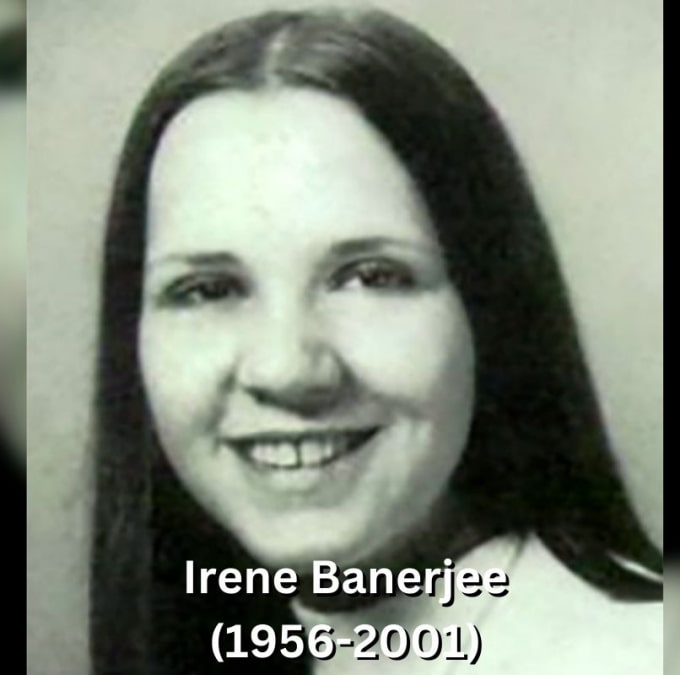Robert Rauschenberg, a towering figure in the art world, is celebrated for his avant-garde approach to blending everyday objects with traditional artistic forms. This article delves into the life, career, and legacy of this influential artist, exploring his groundbreaking works, collaborations, and the impact he made on contemporary art.
Quick Information
| Field | Information |
|---|---|
| Full Name | Milton Ernest "Robert" Rauschenberg |
| Also Known As | Robert Rauschenberg |
| Professions | Painter, Graphic Artist |
| Age at Death | 82 |
| Date of Birth | October 22, 1925 |
| Place of Birth | Port Arthur, Texas, USA |
| Nationality | American |
| Date of Death | May 12, 2008 |
| Net Worth (2024) | Estimated $300 million |
| Parents | Dora Carolina Matson, Ernest R. Rauschenberg |
| Spouse | Susan Weil (m. 1950; div. 1953) |
| Children | Christopher Rauschenberg (b. 1951) |
Early Life
The early life of Robert Rauschenberg laid the groundwork for his future artistic pursuits. Born in Port Arthur, Texas, he was raised in an environment that later inspired his unique artistic vision.
Childhood and Education
Milton Ernest Rauschenberg, later known as Robert, was born on October 22, 1925, in Port Arthur, Texas. His parents, Dora Carolina Matson and Ernest R. Rauschenberg, provided a modest upbringing. His artistic inclinations blossomed during his time at the University of Texas at Austin and later at the Kansas City Art Institute.
Black Mountain College
Rauschenberg's artistic journey took a significant turn when he attended Black Mountain College in North Carolina. Here, he studied under the influential artist Josef Albers and developed relationships with key figures like John Cage and Merce Cunningham. This period was instrumental in shaping Rauschenberg's experimental approach to art.
Career Highlights
Rauschenberg's career is dotted with numerous trailblazing works and collaborations that pushed the boundaries of contemporary art. This section highlights his major achievements and the evolution of his artistic style.
The 'Combines'
Rauschenberg's most notable contribution to art is arguably his creation of the 'Combines'. These works integrated everyday objects with traditional painting and sculpture, blurring the lines between different art forms. Notable pieces include "Bed" (1955) and "Monogram" (1955-1959), which showcased his innovative use of materials.
Collaborations with Notable Artists
Throughout his career, Rauschenberg worked alongside several prominent artists. His partnerships with Jasper Johns and Cy Twombly greatly influenced his work. Additionally, his collaborations with composer John Cage and choreographer Merce Cunningham resulted in groundbreaking performances that intertwined visual art with music and dance.
Venice Biennale 1964
Rauschenberg's international acclaim was solidified when he won the International Grand Prize in Painting at the Venice Biennale in 1964. This prestigious award recognized his unique artistic vision and secured his place in the global art scene.
Personal Life
Beyond his professional achievements, Rauschenberg's personal life was marked with significant relationships and experiences that influenced his work.
Marriage and Family
In 1950, Rauschenberg married fellow artist Susan Weil. The couple welcomed a son, Christopher Rauschenberg, on July 16, 1951. Although their marriage ended in divorce in 1953, Weil remained a significant figure in Rauschenberg's life and career.
Captiva Island
In 1968, Rauschenberg purchased a beach house on Captiva Island, Florida. This tranquil location became his primary residence and studio for the rest of his life. The island's natural beauty and calm greatly influenced his later works.
Relationships and Collaborations
Rauschenberg's personal relationships extended beyond his marriage. His close friendships with artists like Willem de Kooning and Marcel Duchamp played a significant role in his artistic development. Additionally, his partnership with Darryl Pottorf during the last 25 years of his life was both personal and professional.
Major Achievements
Rauschenberg's contributions to art were acknowledged through numerous awards and accolades. This section highlights some of his most significant recognitions.
National Medal of Arts
In 1993, Rauschenberg received the National Medal of Arts, one of the highest honors given to artists in the United States. This award acknowledged his innovative contributions to contemporary art and his influence on future generations of artists.
Rauschenberg Overseas Culture Interchange (ROCI)
In 1984, Rauschenberg launched the Rauschenberg Overseas Culture Interchange (ROCI), a project aimed at promoting cultural exchange through art. This initiative took him to countries around the globe, including Italy, India, and China, where he created and exhibited works that reflected local cultures and traditions.
Experiments in Art and Technology (E.A.T.)
Rauschenberg co-founded the organization Experiments in Art and Technology (E.A.T.) with engineer Billy Klüver. This organization facilitated collaborations between artists and engineers, leading to innovative projects that combined art with technology.
Financial Insights
Rauschenberg's financial success paralleled his artistic achievements. His works have fetched high prices at auctions, and his estate continues to generate significant revenue.
Net Worth and Art Market Success
As of 2024, Robert Rauschenberg's net worth is estimated to be around $300 million. His works, particularly the 'Combines', are highly coveted in the art market. For instance, his piece "Canyon" (1959) was valued at over $65 million. His financial success is a testament to the enduring value and impact of his art.
Philanthropy and Legacy
Rauschenberg's financial success enabled him to engage in philanthropic efforts. He established the Rauschenberg Foundation, which supports artists and initiatives that reflect his commitment to social and environmental issues. The foundation continues to preserve his legacy and promote the causes he cared about.
Conclusion
Robert Rauschenberg's innovative approach to art, his collaborations with influential figures, and his dedication to cultural exchange have cemented his legacy as a trailblazer of contemporary art. His contributions continue to inspire artists and art enthusiasts around the world.
FAQ
What are Robert Rauschenberg's most famous works?
Rauschenberg is best known for his 'Combines', which include works like "Bed" (1955) and "Monogram" (1955-1959). Other notable pieces include "Canyon" (1959) and the "Erased de Kooning Drawing" (1953).
How did Rauschenberg influence the Pop Art movement?
Rauschenberg's use of everyday objects and his experimental approach to art served as a precursor to the Pop Art movement. His work bridged the gap between Abstract Expressionism and Pop Art, influencing artists like Andy Warhol and Roy Lichtenstein.
What was the Rauschenberg Overseas Culture Interchange (ROCI)?
The ROCI was an international project initiated by Rauschenberg in 1984 to promote cultural exchange through art. He traveled to various countries, creating and exhibiting works that reflected local cultures and traditions.
Who were some of Rauschenberg's key collaborators?
Rauschenberg collaborated with several influential artists and figures, including Jasper Johns, Cy Twombly, John Cage, and Merce Cunningham. These collaborations resulted in innovative works that blended different art forms.
How has the Rauschenberg Foundation contributed to his legacy?
The Rauschenberg Foundation supports artists and initiatives that reflect Rauschenberg's commitment to social and environmental issues. The foundation continues to preserve his legacy and promote the causes he cared about.
Robert Rauschenberg's life and work remain a testament to the power of creativity and innovation in art. His legacy continues to inspire and influence the art world, ensuring that his contributions will be remembered for generations to come.












